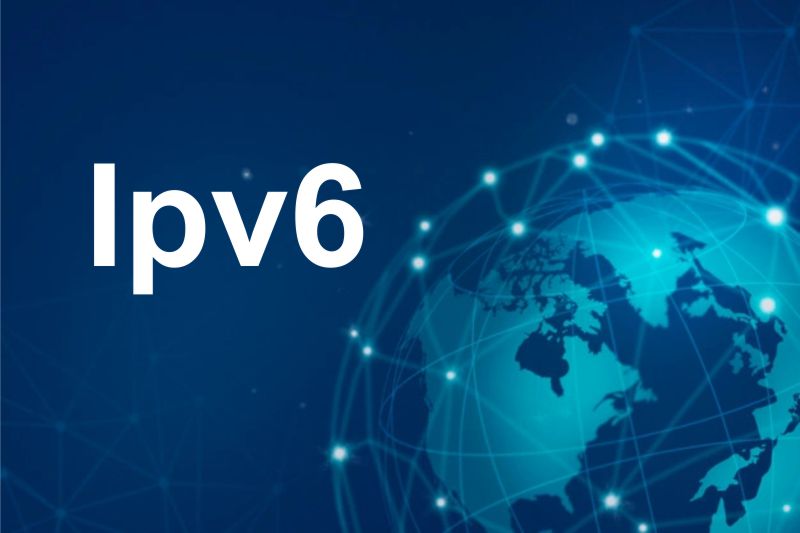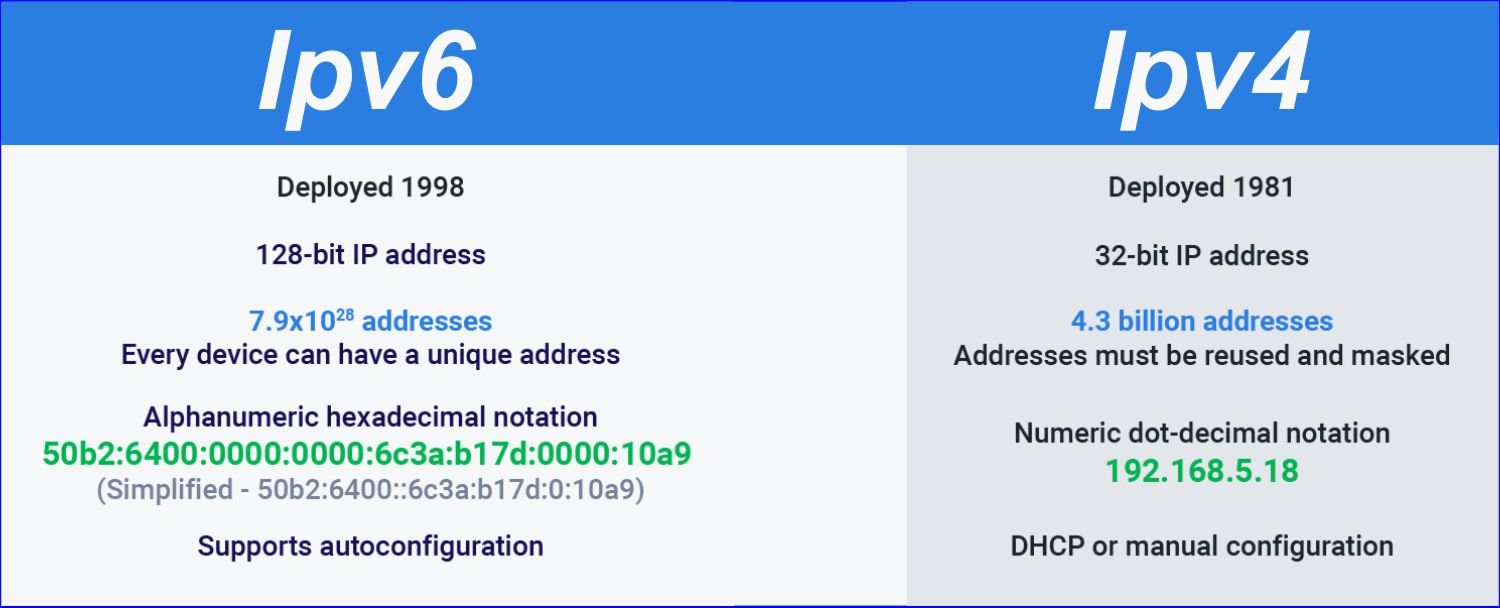In this article we will discuss about IPv6. What is IPv6? Please read this review to completion.
Previously you have learned that an IP address is a unique sequence of numbers that identifies a device, such as a laptop, cell phone, and server. In fact, the website also has an IP address. For example, 172.217.17.46 for Google.
IP addresses are very important to allow devices to connect and communicate with each other. In its development, the IP address itself is divided into two: IPv4 and IPv6 .
IPv4 is a version of the IP address that still uses 32 bits and has been used since the 1980s. Meanwhile, IPv6 is an enhanced version. Well, IPv6 is what we will discuss in this article. Starting from the understanding, advantages, to the differences between the two versions. Come on, watch to the end!
What is IPv6?

IPv6 (Internet Protocol version 6) is a version of an IP address that uses 128 bits. It consists of eight sets of numbers and letters, each of which is a decimal representation of 16 binary digits. An example of IPv6 is 2001:cdba:0000:0000:0000:0000:3257:9652. Or, it can be written shorter 2001:cdba::3257:9652.
With a 128 bit system, it can have a combination of up to 340,282,366,920,938,463,463,374,607,431,768,211,456 addresses! Wow! Not surprisingly, he is predicted to replace IPv4 which is only limited to 4.29 billion IP addresses. So, if the need for IP is increasing, there is no need to worry about running out of IP addresses.
Unfortunately, currently its use is still only 35% worldwide. That is, there are still quite a lot of loyal to IPv4. Oh yes, there is also an IP address version 5 or IPv5. However, because technologically it is not much different from the use of its 32-bit system, IPv5 is considered not yet capable of being a solution to the limitations of IPv4.
Difference between IPv4 and IPv6

Here are the most striking differences between the IP address siblings:
| Difference | IPv4 | IPv6 |
| Number length | 32-bit | 128-bit |
| Number type | Use numbers only (numeric) | Consists of numbers and letters ( alphanumeric ) |
| Example address | 172.16.254.1 | 2001: 0db8: 0000: 0000: 0000: ff00: 0042: 7879 |
| Unique address support | Max. 4,29 miliar | Max. 340.282.366.920.938.463.463.374.607.431.768.211.456 |
| Number of IP address classes | Five classes, A to E | No limit |
| DNS record | A | YYYY |
Advantages and Disadvantages of IPv6 and IPv4
Each version of the IP address has its own advantages and disadvantages. Here are the most obvious advantages and disadvantages of IPv6:
Excess
Here are some of the advantages of IPv6 in addition to the many unique addresses available:
- Faster — independent of NAT (Network-Address Translation). This makes the data transfer process faster.
- More Effective — has a smaller routing table size than IPv4. This makes the routing process more organized and effective
- More Secure — equipped with encryption capabilities to make the data exchange process more secure. Then, they are also better prepared to ward off attacks on ARP (Address Resolution Protocol) which can divert traffic and manipulate it.
- Save Bandwidth — supports multicast , making bandwidth efficient use of. Because, bandwidth-hungry data exchange can be sent to various destinations simultaneously.
- Easier Configuration — IP address configuration runs automatically, making it much easier and more practical.
- More Suitable for Mobile — Connections on mobile devices can be faster. Because, the connection does not need to go through NAT which will take time.
Deficiency
Here are some disadvantages of IPv6 over IPv4:
- Compatibility is not optimal — most devices accessing the internet are still using IPv4. So, IPv6 network infrastructure and support is not comprehensive.
- The trend is slow transition — although it has been introduced since 1995, IPv6 usage is only 35% in the world.
IPv6 on Website
With the advantages that IPv6 has to offer, many popular websites in the world are starting to adopt it. For example Facebook (2a03:2880:f12c:83:face:b00c:0:25de) and Wikipedia (2620:0000:0861:ed1a:0000:0000:0000:0001).
Eits, but don’t rush to access Facebook with the IP address above, OK? You see, the connection you use must also support it.
So, you can ask your ISP (Internet Service Provider). Or, you can check directly from ipv6-test.com
IPv6 Length
After discussing a little about how the addressing methods differ between IPv4 and IPv6, it’s time to move on to IPv6 addressing and subnetting. It is well known that IPv6 has an address length of 128 bits. From these 128 bits IPv6 is parsed into hexadecimal format which has 8 fields including IPv6.
Each inpidual hexadecimal is separated by a colon sign (:) and each field has a length of 16 bits that are converted to a sufficient four-digit hexadecimal sign. As an example by using the format X: X: X: X: X: X: X: X where each X is worth 16 bits, ex: ACAD).
Example of writing
2001:0DB8:ACAD:0001:A65D:36FF:FE97:7A95
In writing IPv6 you can just summarize it immediately if you find a leading zero or what is usually referred to as leading zeroes. If there are groups of zeros, you can also summarize them using the double colons technique. Then structurally, the writing of IPv6 addresses is pided into Network prefixes with interface IDs.
The network prefix is the address given by the RIP (Regional Internet Registry) and the allocation from the ISP for the customer. Meanwhile, Interface ID is the address to the host or device on a network. Especially for addressing Interface ID, we can also write it subnetting.
IPv6 packets consist of two parts, namely the header packet and the payload packet. The size of the packet header consists of 40 octets (320 bits) whose contents are:
- 4 bit version
- Traffic class 8 bit
- Label flow 20 bit
- Payload length 16 bits
- Header 8 bit
- 8 bit HOP limit
- Destination address 128 bit
- Original address 128 bits
Payload length is 166 bits and can also carry a maximum payload of 65535 octets.
In general, the distribution and allocation of IP addresses which will be managed by IPv, either IPv4 or IPv6, is solely regulated by an organizational body called IANA (Internet Assaigned Numbers Authority). IANA is responsible for assigning IP address and DNS application settings to regional institutions.
